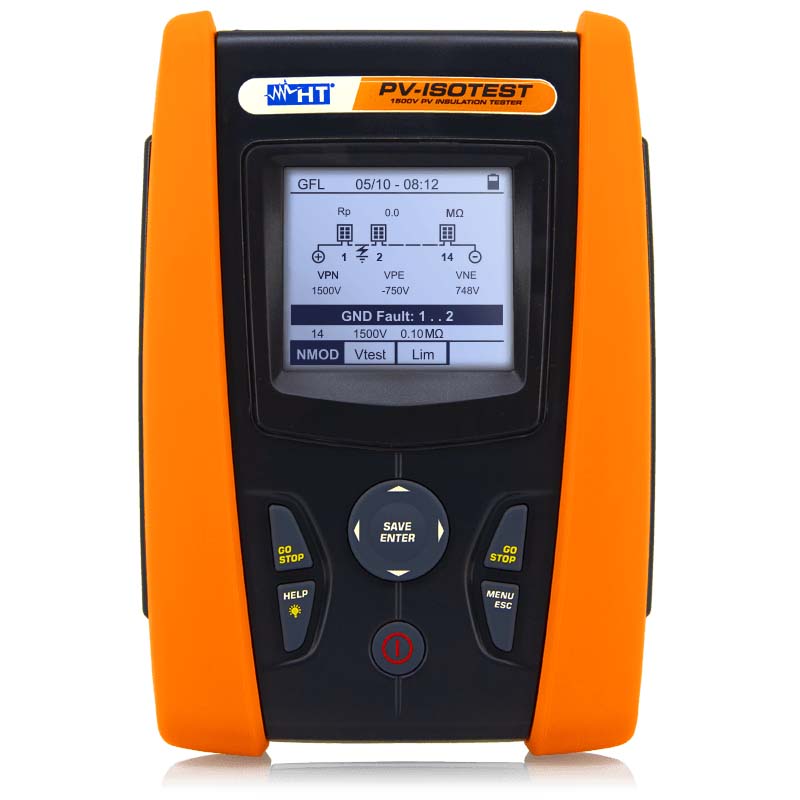The climate crisis may well have escalated in recent years, but work into more sustainable energies has been ongoing for decades. Indeed, the development of solar energy started over 100 years ago, and solar panels on top of residential houses and office developments have been commonplace for many years. Alas, it has always been the case that solar energy is an amazing, sustainable and renewable source of energy, but it hasn’t been cost-effective to invest in solar panels when assessing the relative energy savings, but that is now starting to change.
What is PV technology?
Solar panels now supply green power to more and more homes and industries because the cost of the panels is on the decline as a result of the technology behind it becoming more advanced. The science behind solar panels starts with Photovoltaics (PV), which is the direct conversion of light into electric power using semiconducting materials such as silicon.
Photovoltaic as a word comes from the Greek words: photo, ‘phos,’ meaning light, and ‘volt,’ which refers to electricity. So photovoltaic means light-electricity, which neatly describes the conversion which takes place.
How PV technology works
Semiconductors are the key to PV technology producing power based on a photoelectric effect. PV cells need photons of light to excite electrons to a higher energy state, they do this by having enough energy to penetrate a PV cell. Indeed, this frees up electrons in a semiconductor which are not normally free, so that they behave as if in a conducting material. An electric current results from the capture of these free electrons and of course this produces electricity. In fact, if more light is produced and absorbed, the PV process produces more electricity accordingly.
This explains how PV technology can easily convert solar energy into a useful energy source, and how it is rapidly becoming a credible alternative to fossil fuels. Currently, the hope is that PV technology will continue to be developed so that we can be independent of fossil fuels and address the most drastic of our current environmental issues, and certainly the cost differential is closing fast also.
How TIS has embraced PV technology

In line with this improving technology, TIS has developed the PV-ISOTEST as an innovative means of testing instruments using PV technology. The PV-ISOTEST measures the insulation resistance of a single module, a string or even an entire photovoltaic field up to 1500V DC according to IEC-EN62446 standard.
The PV-ISOTEST has also simplified the testing process, when compared to traditional insulation meters. With these you would require a DC-rated switch box to short circuit the positive and negative terminals of the module/ string/ PV field under test. With the PV-ISOTEST the use of any external device is not required. The PV-ISOTEST carries out the measurements in full autonomy and self-sufficiency.
In addition, through the new GFL (Ground fault locator) function, PV-ISOTEST indicates the position of any poor insulation on a string of the PV system, due for example to water or humidity leakage.
You can speak to any of our sales experts about the PV-ISOTEST and how it can help your business and other industries develop solar energy. The PV-ISOTEST could be the factor which helps your business embrace green technology and reduce your impact on the climate crisis, so get in touch with TIS today to discuss the PV-ISOTEST in detail.